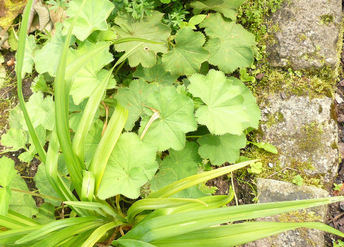A recent enquiry to the help page was about moving an established Magnolia, unfortunately on this occasion technology refuses to allow the Sunday Gardener to connect with the senders e mail address so instead the advise is posted below and hopefully the information will be found.
The first piece of advice is not to move it if at all possible. Moving a large established shrub is difficult and very often the shrub will not survive, or subsequently thrive, and Magnolias are not keen on being transplanted. They have an usual root system which makes it more difficult to re establish the shrub. With a mature shrub the root ball will be large and the whole plant will be very heavy and may need professional assistance with lifting gear to help/do the job.Even with great care, there is more than a chance it will not survive. If you have time to plan the move, its better 6 months/ a year before to cut down into the roots in a large circle around the plant. This encourages it to throw out new roots to develop a better root system which will help establish the plant when you move it later. That said, most of us just don't have that much time and planning in life. Timing wise, the best time to ove a Magnolia is anytime from late Autumn, to the very early spring February , as it needs to be done whilst the plant is dormant. If moved during the winter months pick a mild spell so that ground can be dug and its not frozen or waterlogged.
Prepare the spot where the Magnolia is being moved to in advance and it will need to be a large hole in which the roots can spread, and if the soil is poor ensure that organic material is dug in. Dig the hole at least a foot larger in diameter/up to twice the size of the root ball of the Magnolia. If you can lift and replant together, this reduces the water loss from the roots and gives the best chance of survival.
Next, determined the extent of the roots on the Magnolia and aim to lift the plant with as much of the root ball intact as is possible. A good starting point is to dig in a straight line down from the branches so the you dig down in a circle around the fullest extent of the shrub. Roots are shallow rather than deep so its likely to be large circle. The least you disturb the roots, the better the chances.
Once it's levered it out, lift it onto a large piece of damp Hessian, if not, a tarpaulin so as to wrap up the roots and then transplant to the prepared spot. Place in the prepared hole and plant so its at the same soil level as before, do not plant too deep. Fill in around the shrub with good soil and organic material and water in well. Tread in well to make sure the soil is packed down with no air pockets and the Magnolia firmly planted. If its very large and the re planted spot is exposed, consider staking. In any event water well for the first month after transplanting especially if its dry. The shrub is at risk of loosing moisture so a mulch would help to retain moisture and feed in the spring.
The Sunday Gardener
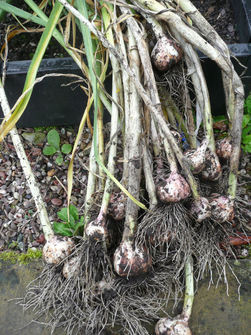
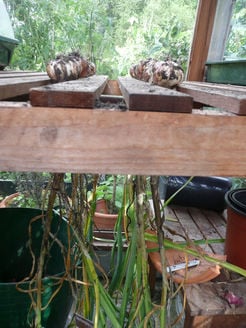
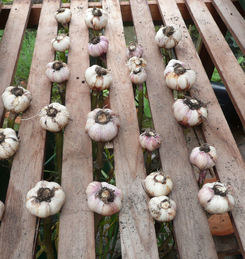

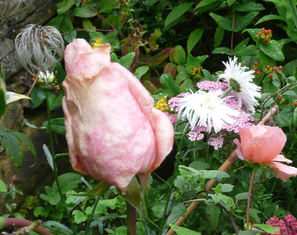 Wet weather is so common in August and plays havoc with the garden and veg plot.
Wet weather is so common in August and plays havoc with the garden and veg plot.